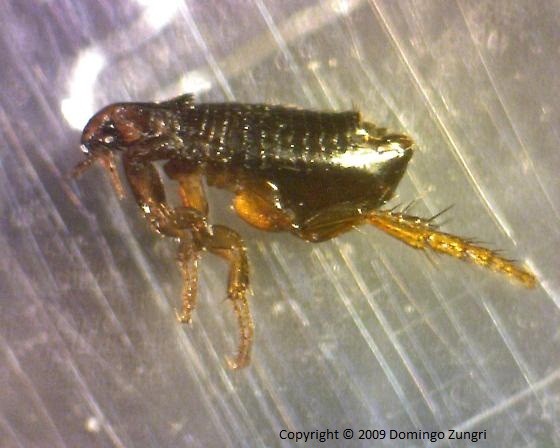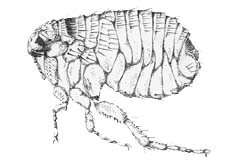Classification
Kingdom: Animalia (Latin root:
animalis- "animal, living creature") (Memidex
2012)
-Some characteristics of this kingdom include multicellularity,
heterotrophic, typically reproduce sexually, cells do not contain cell
walls, are capable of motion in some stage of their lives, and are able
to use nerve cells, muscle or contractile tissue, or both to respond to
external stimuli. (University of Arizona 2004)
Phylum: Arthropoda (Latin/Greek roots: arthro-
"joint" & poda- "foot") (Memidex 2012)
-Some characteristics of this phylum include a segmented body, segmented
appendages, bilateral symmetry, chitnous exoskeleton, tubular alimentary
canal with a mouth and anus, open circulatory system, a coelom, nervous
system, striated muscles in skeletal system, and respiration through
gills, tracheae, or spiracle (University of
Minnesota 2009)
Class: Insecta (Latin/Greek root: insectum-
"cut up/segmented") (Memidex 2012)
-Some characteristics of this class include a body divided into three
parts/tagmata (head, thorax, and abdomen), a pair of compound eyes,
usually three ocelli located on the head, a pair of antennae located on
the head, mouthparts consisting of a labrum, two mandibles, two
maxillae, a labium and a "tongue-like" hypopharynx, two pairs of wings
that are outgrowths of the body wall, and three pairs of legs. (Myers
2001)
Order: Siphonaptera (Latin/Greek roots: siphon-
"hollow tube" & apteros- "wingless") (Memdiex
2012)
-Some characteristics of this order are that they are parasites that
live on other creatures without killing them, their bodies are hard and
are flattened from side to side, are dark colored, 1-9 mm in length,
wingless, and great jumpers (Amateur
Entomologists' Society 2012)
Family Pulicidae
-Also referred to as the family of the "common flea", characteristics
include being 1-2.5 mm in length, having one row of bristles on each
abdominal segment, and most attach to humans and/or domestic animals. (McLeod
2005)
Genus: Ctenocephalides
-This genus includes both the species that commonly infect dogs and
cats. (Richards and Davies 1977)
Species: Ctenocephalides felis (Latin root:
felis- "cat") (McLeod and Moisset 2009)
